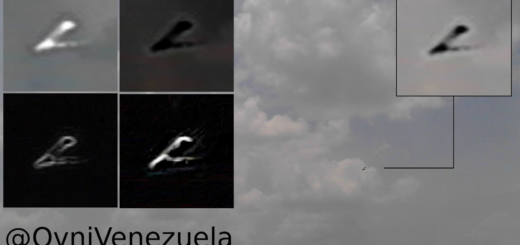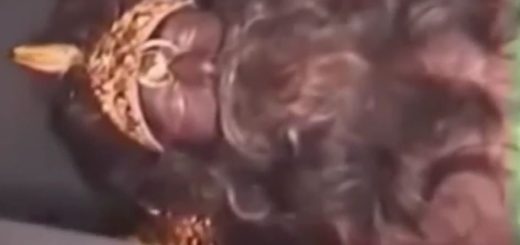Passage of Scholz’s Star: Evidence That Its Close Fly-By Disturbed Comets And Asteroids 70,000 Years ago

There is a new evidence of the Passage of Scholz’s Star that disturbed the comets of the solar system 70,000 years ago.
A small reddish star (with about 9% of the mass of the Sun) approached our solar system and its passage disturbed comets and asteroids.
At a time when modern humans were beginning to leave Africa and the Neanderthals were living on our planet, Scholz’s star — named after the German astronomer who discovered it in 2015 — approached less than a light-year from the Sun. The details of that stellar flyby were presented in The Astrophysical Journal Letters.
Scholtz’s star is a dim binary stellar system, nowadays located almost 20 light-years away from the Sun, in the southern constellation Monoceros. However, 70,000 years ago it entered the Oort cloud, a reservoir of trans-Neptunian objects located at the confines of the solar system.
Now two astronomers from the Complutense University of Madrid, the brothers Carlos and Raúl de la Fuente Marcos, together with the researcher Sverre J. Aarseth of the University of Cambridge (United Kingdom), have analyzed for the first time the nearly 340 objects of the solar system with hyperbolic orbits (very open V-shaped, not the typical elliptical).
They have detected that the trajectory of some of them is influenced by the passage of Scholz´s star.
“Using numerical simulations we have calculated the radiants or positions in the sky from which all these hyperbolic objects seem to come,” explains Carlos de la Fuente Marcos, who together with the other coauthors publishes the results in the MNRAS Lettersjournal.
“In principle,” he adds, “one would expect those positions to be evenly distributed in the sky, particularly if these objects come from the Oort cloud; however, what we find is very different: a statistically significant accumulation of radiants. The pronounced over-density appears projected in the direction of the constellation of Gemini, which fits the close encounter with Scholz´s star.”
The moment in which this star passed close to us and its position during prehistory coincide with the data of the new investigation and in those of Mamajek and his team.
“It could be a coincidence, but it is unlikely that both location and time are compatible,” says De la Fuente Marcos.
He says that their simulations suggest that Scholz´s star approached even more than the 0.6 light-years pointed out in the 2015 study as the lower limit.
The close fly-by of this star 70,000 years ago did not disturb all the hyperbolic objects of the solar system, only those that were closest to it at that time.
“For example, the radiant of the famous interstellar asteroid` Oumuamua is in the constellation of Lyra (the Harp), very far from Gemini, therefore it is not part of the detected over-density, “says De la Fuente Marcos. He is confident that new studies and observations will confirm the idea that a star passed close to us in a relatively recent period.
Original story
Research



 Creators of mankind
Creators of mankind Description of “Tall white aliens”
Description of “Tall white aliens” Where they came from?
Where they came from? About hostile civilizations
About hostile civilizations The war for the Earth
The war for the Earth “Tall white aliens” about eternal life
“Tall white aliens” about eternal life Video: “Nordic aliens”
Video: “Nordic aliens” Aliens
Aliens Alien encounters
Alien encounters The aliens base
The aliens base UFO
UFO Technology UFO
Technology UFO Underground civilization
Underground civilization Ancient alien artifacts
Ancient alien artifacts Military and UFO
Military and UFO Mysteries and hypotheses
Mysteries and hypotheses Scientific facts
Scientific facts


















